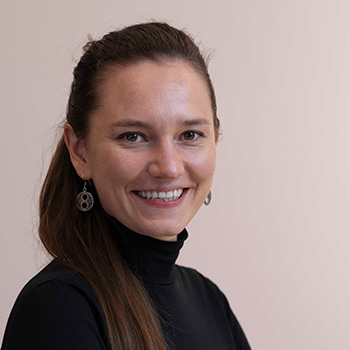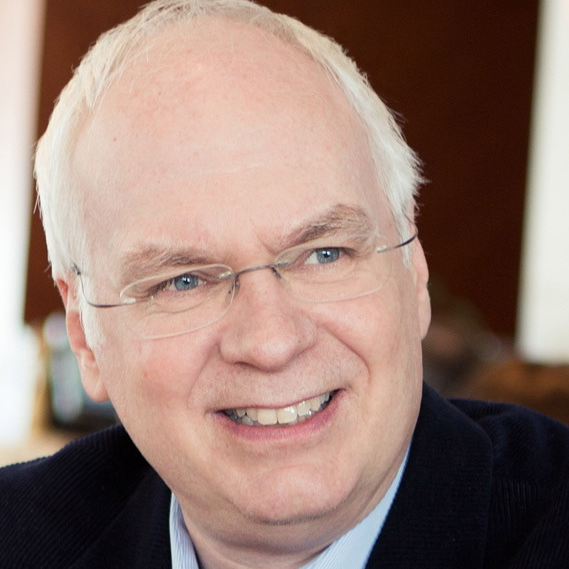🇬🇧 The role of macrophage in health and disease
- Lecture Series Infection & Immunity
Speaker

Mass
Professor, Developmental Biology of the Immune System, LIMES, University of Bonn, Germany
Abstract
Macrophages belong to the innate immune system and form a 3D network in all our tissues where they phagocytose bacteria, cells debris, and other waste products. At the same time, they produce growth factors and signalling molecules – not only a protection mechanism against invaders but a crucial process for organ development and homeostasis. Previously, it was thought that all macrophages develop from monocytes that act as primary contributors to inflammatory pathologies including metabolic diseases and chronic inflammation. However, since a few years we know that most tissue-resident macrophages originate from yolk-sac progenitors. Thus, especially during inflammatory conditions, tissue-resident macrophages and monocyte-derived macrophages co-exist within a tissue. But how can we follow these cells and study their distinct functions? And what does it mean if one long-lived macrophage develops together with an organ and remains there throughout life, while the other macrophage dies within a short time frame and is replaced by a new macrophage from a circulating monocyte? Here, I show examples of how these different macrophage populations can be fate-mapped and what their distinct origin means for organ development and function. Further, I show that yolk-sac derived macrophages can undergo developmental programming during embryogenesis and, thereby, serve as intergenerational transmitters of the maternal environment.
Host
Responsible Scientist
Brenner
LOCATION
Lycée Guillaume Kroll
d’Esch/Alzette
Room: Salle de Projection*
LECTURE: 11:15am – 12:15pm
Please note that registration is mandatory by sending an email to carole.weis@lih.lu or michelle.roderes@lih.lu
MEET & EAT
12:45pm – 14:00pm
House of BioHealth
Salle Françoise Barré Sinoussi
Maison du Savoir
Registration mandatory
29, rue Henri Koch
L-4354 Esch-sur-Alzette
Supported by:

DATA PRIVACY
Read more about the “Data Protection Notice: processing of personal data in the scope of events’ management”.


